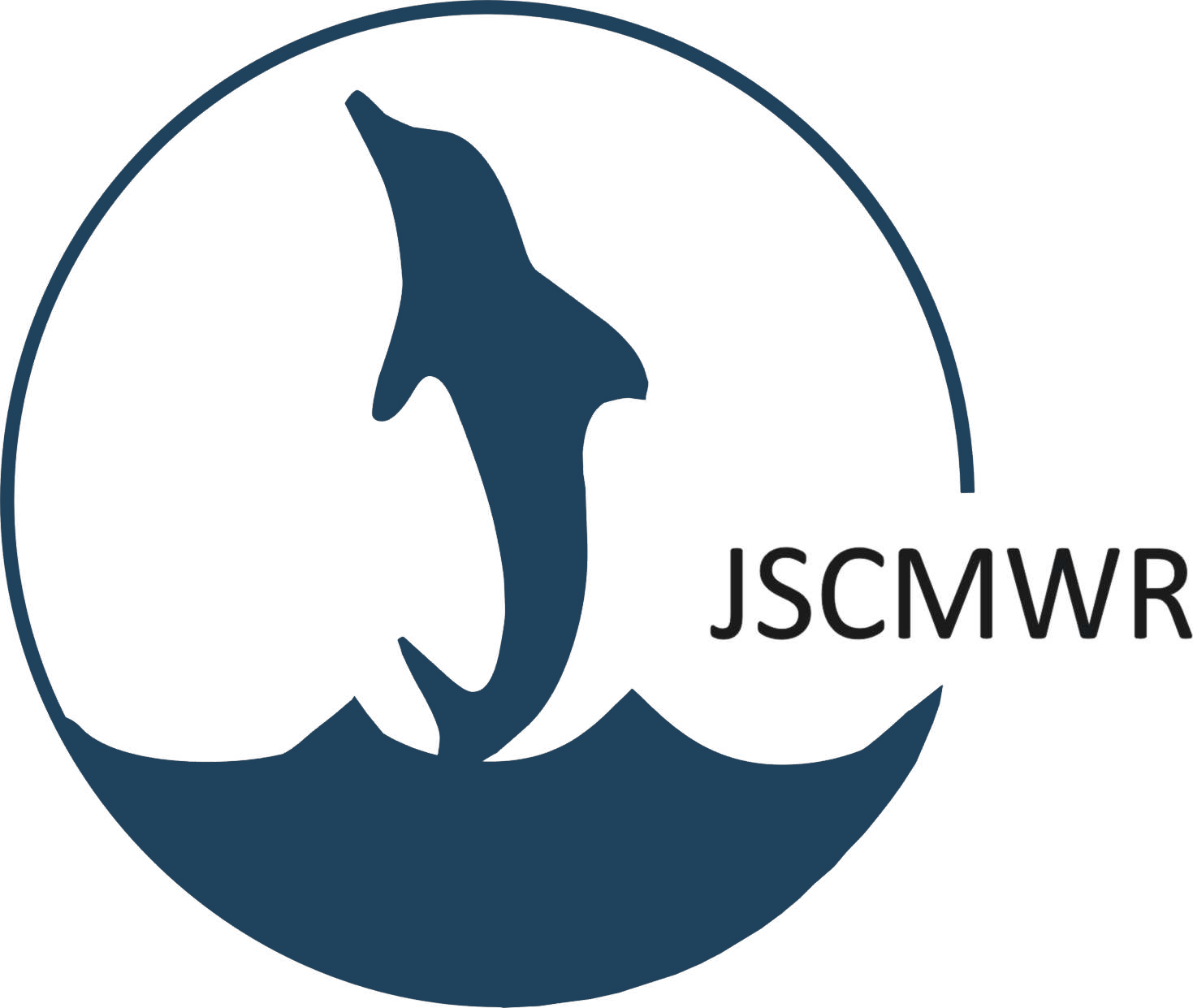Community based mangrove plantation
Nursery had been raised for 1000 saplings of two different species namely Avicennia and Rhizophora. The size of polythene bags varied as per the size of the seeds. Rhizophora needed longer bags than any other. All the bags filled with clay soil and seeds were dropped inside it. They had been maintained with regular watering (mixed water of sea and fresh water). Germination of Avicennia was faster than the Rhizophora. After three months, saplings were ready for planting in the site. When the saplings attained appropriate growth (after 3-4 months), they were transferred into the plantation site.
site.
The sapling were planted at prepared hole for planting about 1.5 times wider and 1.5 times deeper than the root ball of the seedling. When placing the seedling in the prepared hole, care was taken in such a way that the top of the root ball is even with the surface of the soil. It is also important that the roots be allowed to dangle freely, straight into the hole. 
Roots in contact with the bottom of the hole normally curl upward which may stunt growth or even kill the sapling. After planting the sapling, hole was lightly back filled with soil in order to create the small air packets which may facilitate the easy penetration of roots. Holes were made with the spacing of 2 meters in all around for proper growth of mangrove seedlings. The entire plantation was made by service learning process through students and local peoples
